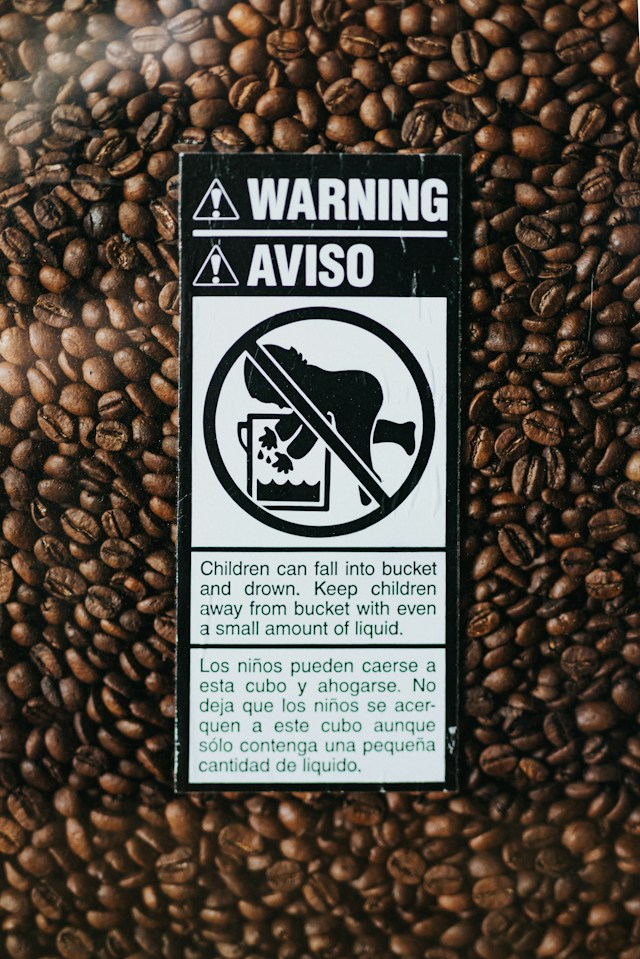Five Ways to Make Warning Labels More Effective

Warning labels are a visual or written message attached to a product or its packaging that alerts end-users to potential hazards associated with its use. They are often accompanied by instructions on how to avoid those hazards.
However, the problem today is that many people no longer read warning labels. Here are five ways to make them more effective.
- Make it easy to find the warning label. It should not be tucked away with other “fine print” about the product.
- Make it easy to read the label. The font size, color, spacing, and the degree of information provided in the warning label all influence whether someone reads the label. In place of words, use symbols (e.g., a picture of a skull and crossbones) to catch the consumers’ attention and encourage them to read the label.
- Make the dangers and consequences of using the product direct. What made the early cigarette warning labels in the 1960s so effective was that they were straightforward: continued smoking can cause cancer.
- Indicate the severity of the danger. Not all dangers are the same. A label that reads “Smoking cigarettes can cause cancer” indicates the seriousness of the consequences of smoking. However, a warning label on a skin cream that states “for external use only” does not indicate the consequences of ingesting the product.
- Use signal words but be creative about it. If you see the word “Danger” on a label, it means you face a severe risk of injury or death if you misuse the product. If you see the word “Warning” on a label, you face a moderate risk of injury or damage. The problem is that we see these words so often that we mostly ignore the terms, as mentioned. Using more descriptive, action-oriented, and urgent words can capture the consumer’s attention and prevent accidents or injuries.
Finally, consult with a qualified label manufacturer. You’ll find one here.

